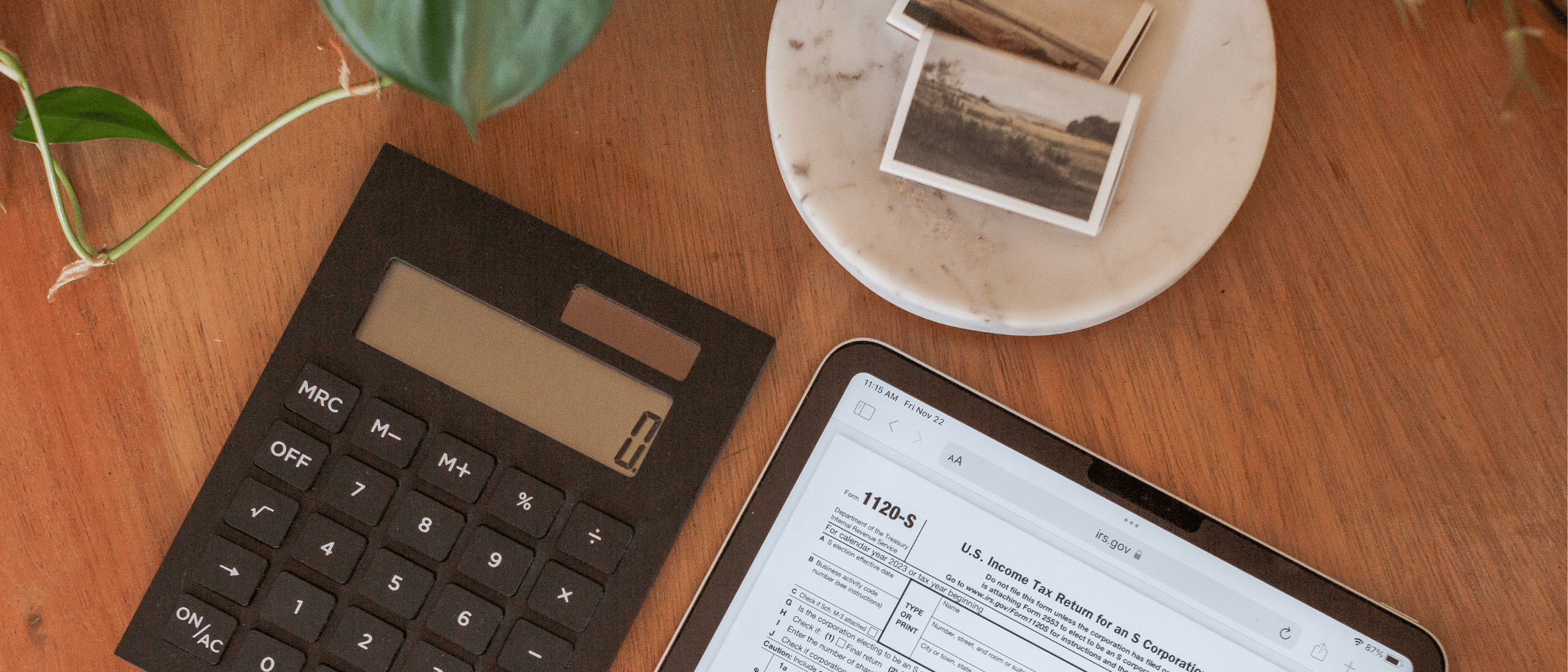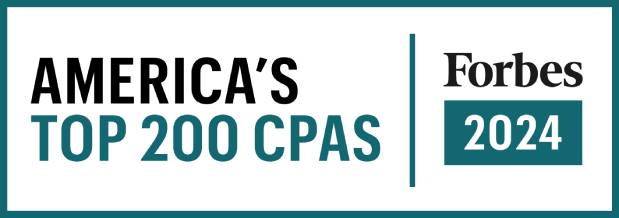As a CPA who works closely with small business owners, I understand that cash flow isn’t always predictable. You might have a great quarter followed by a slow one, or an unexpected expense might throw off your savings.
When my clients find themselves in these types of situations, they do what they do best: problem solve and come up with creative ways to move forward. While I love and celebrate these characteristics in my clients, I also make sure to keep track of questions or ideas that might lead them down the wrong road or bring about unexpected outcomes.
One of those questions is: Would it be smarter to hold off on paying estimated taxes and let my money sit in a high-yield savings account instead?
The thinking here is that when the money sits in a high-yield savings account (HYSA), it might earn 4-5%, and those earnings can be used to pay taxes later. While this sounds logical and like a way to make your money work for you, unfortunately, this strategy usually backfires.
In today’s post, I’ll use real numbers and plain language to break down why this tax strategy won’t save you money, and I’ll also tell you what you should do instead.
What happens if you owe the IRS?
It’s important to first understand that when you owe a balance to the IRS, you’ll be charged interest and penalties until that balance is paid in full. Here’s what they’ll charge you:
- IRS Interest: The IRS charges interest on unpaid taxes based on the federal short-term rate plus 3%. As of quarter 3 of 2025, that makes the interest rate about 8% annually, and it compounds daily. This means that if you owe money to the IRS, the balance you owe grows a little bit every single day.
- IRS Penalties: The IRS also applies failure to pay penalties. For unpaid taxes, the penalty is 0.5% per month, maxing out at 25%. If you’re on an installment plan, the monthly penalty is cut in half, so it’s 0.25% per month.
How does IRS failure to pay interest compare to a high-yeld savings account?
To really see if the money you’d earn from a high-yield savings account compares to the bill you’d accumulate for interest and penalties due to not paying your estimated taxes on time, it’s best to look at an example.
Let’s say your estimated tax payment is $10,000, but instead of paying that when it’s due, you put $10,000 into a HYSA instead. This is how that shakes out over the course of a year:
| Action | Interest/Penalty |
|---|---|
| IRS Interest (8%) | -$800 |
| IRS Penalty (0.5% x 12) | -$600 |
| HYSA Interest (4.5%) | +$450 |
| Net Result | -$950 |
From this example, you can see that even if you earn $450 in interest from your HYSA, the IRS will charge you up to $1,400 in combined interest and penalties (more than triple what you would earn from your HYSA!).
In other words, you’d lose money by not paying the IRS your estimated taxes.
What should I do if I can’t pay my estimated taxes in full?
Alright, so after understanding that a HYSA isn’t the way to go in this situation, the next question clients ask me is what they should do if they can’t pay their estimated tax payments. My answer: Focus on safe harbor.
What is the safe harbor rule?
In general, “safe harbor” is a term that means you’re in a protected zone or that there is a rule that keeps you from getting into trouble. When it comes to estimated taxes, there is a safe harbor rule that can protect you from getting hit with IRS penalties, even if you don’t pay the correct amount of taxes throughout the year.
This rule allows you to avoid IRS underpayment penalties even if you end up owing taxes when you file. To qualify for the safe harbor rule, you still have to pay most of the taxes you owe throughout the year. To qualify, you’ll need to either pay:
- 90% of your current year’s tax liability, or
- 100% of what you paid for the previous year’s tax liability (110% of the previous year’s tax liability if your adjusted gross income was over $150,000).
This means that if your AGI was under $150,000 last year, and you owed $20,000 in taxes last year, then paying $20,000 in estimated taxes this year will likely save you from paying any tax penalties for underpayment.
In other words, paying your safe harbor amount means you may still owe, but at least you won’t get hit with extra penalties on top of that.
To really drive this point home, let me give you an example of what it looks like to pay safe harbor versus not paying any estimated taxes at all. Let’s say your 2024 tax bill was $15,000. In 2025, your business is booming, and you should be making $5,000 estimated payments each quarter, but because of a kink in your cash flow and some unexpected expenses, you’re only able to afford to pay $3,750 each quarter, which comes to $15,000 for the year.
Here’s how paying safe harbor would impact your total cost in this scenario:
| Amount Paid | Taxes Owed | Interest | Penalty | Total Cost | |
|---|---|---|---|---|---|
| Safe Harbor Payments | $15,000 | $20,000 | $400 | $0 | $20,400 |
| No Estimated Payments | $0 | $20,000 | $1,600 | $1,200 | $22,800 |
Abridged by Amy
High-yield savings accounts are a great tool for savings, but the growth they provide is usually slower than what the IRS charges in interest and penalties on unpaid estimated taxes. If you’re struggling to make your full estimated tax payments, you should aim for your safe harbor amount, which is typically calculated based on your previous year’s taxes.
If you need help calculating your safe harbor payments or figuring out a realistic estimated tax plan, reach out to a CPA who is well-versed in helping small business owners in similar situations. Don’t wait until it’s too late! Contact a professional early so that you can make a plan that works for your budget and keeps the IRS off your back.




